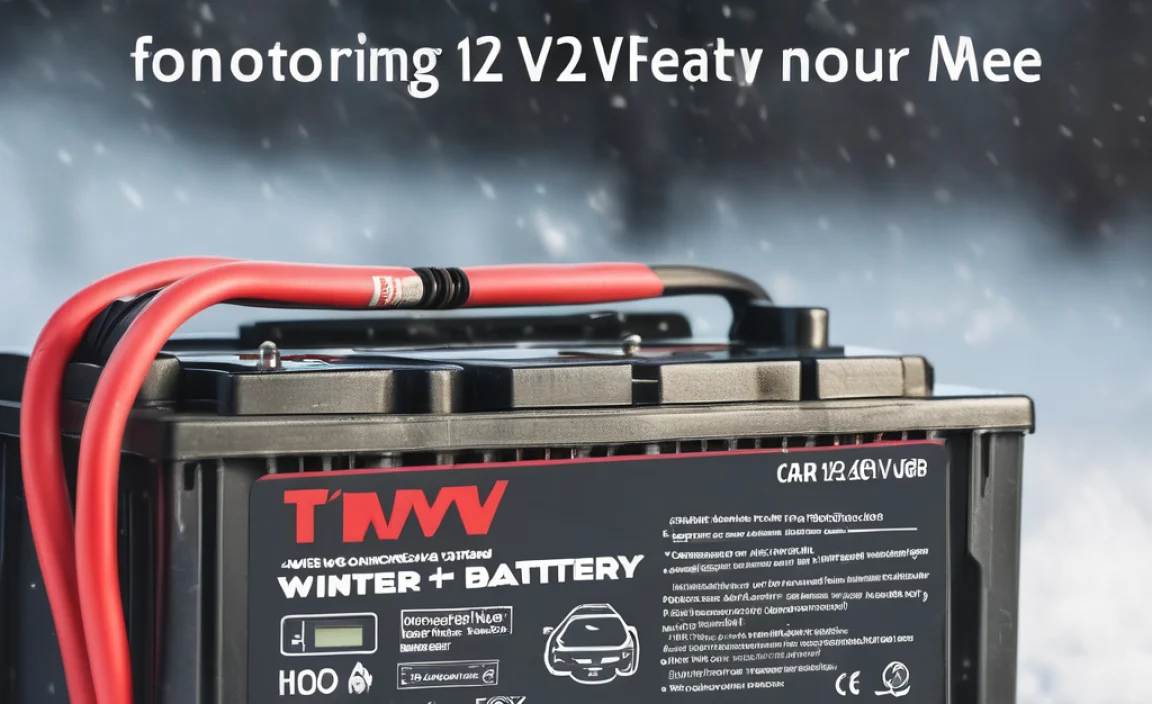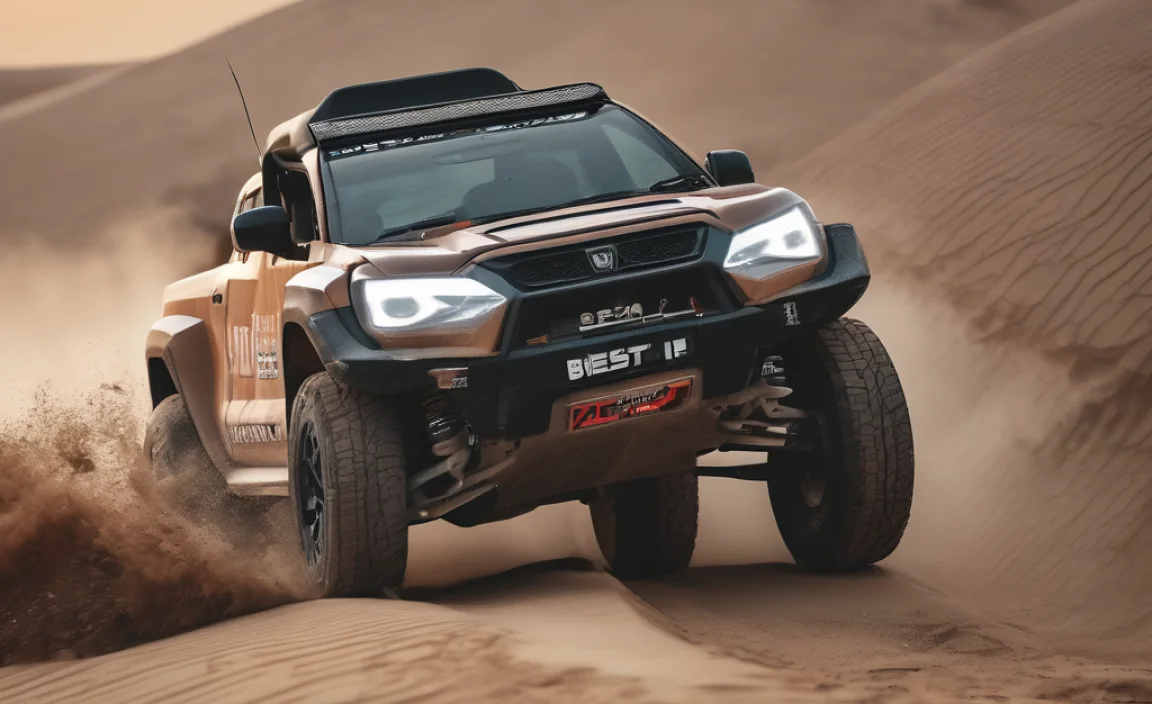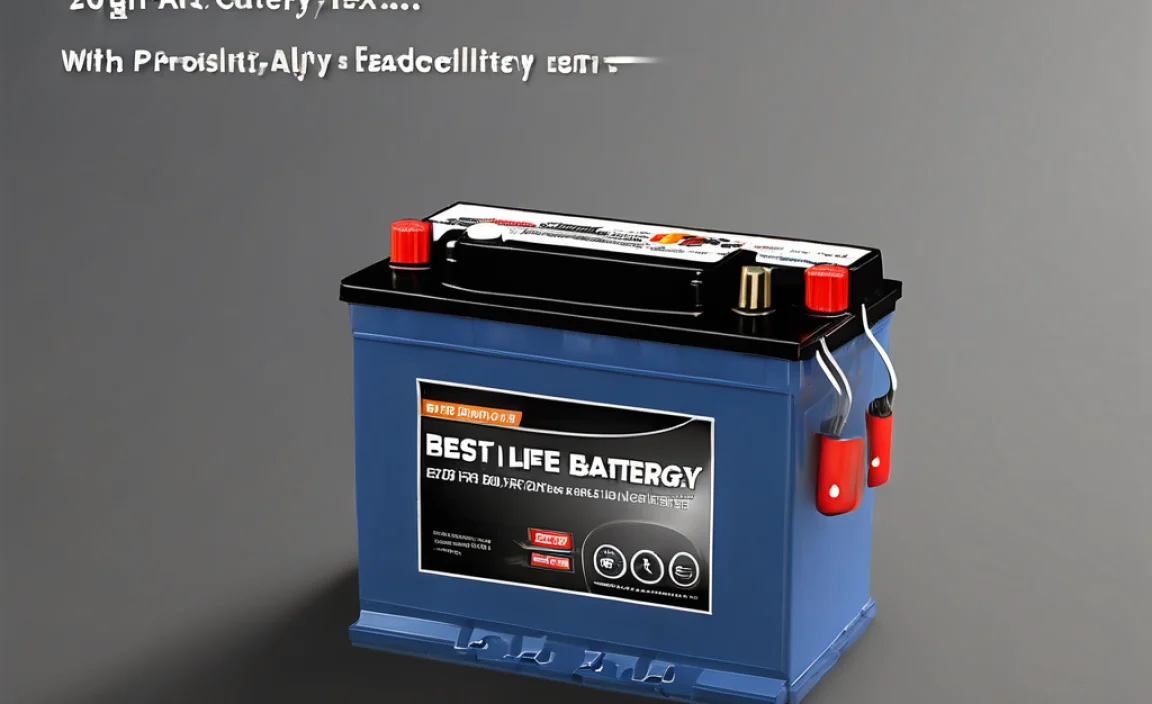Quick Summary:
For your iPhone 14, you’ll likely need an adapter for charging and data transfer, especially if upgrading from older devices. The most common adapter needed is a USB-C to Lightning cable or adapter since the iPhone 14 uses a Lightning port, but many new chargers and accessories use USB-C. This guide will help you find the right adapter to keep your iPhone 14 powered up and connected seamlessly.
iPhone 14 Adapter: Your Essential Guide to Staying Connected
Hey there! So you’ve got the shiny new iPhone 14, and that’s fantastic! Now, you might be wondering about adapters. It’s a common question, especially with how tech keeps changing. You might have a drawer full of old chargers and cables, but will they work with your iPhone 14? Don’t worry, figuring out the right adapter for your iPhone 14 is simpler than you think. We’ll break down exactly what you need to keep your phone charged and connected without any fuss. Let’s get you powered up and ready to go!
What is an Adapter, Anyway?
Think of an adapter as a helpful middleman. Its main job is to connect two things that don’t quite fit together on their own. For your iPhone 14, adapters usually help connect your phone’s charging port to a power source (like a wall charger, a power bank, or a car charger) or to other devices for data transfer.
The iPhone 14, like its recent predecessors, uses Apple’s proprietary Lightning port for charging and connecting accessories. However, the world is moving towards the more universal USB-C standard. This means you’ll often need an adapter to bridge the gap between your iPhone 14’s Lightning port and the newer USB-C accessories you might have or want to buy.
Why Do I Need an Adapter for my iPhone 14?
This is where things can get a little confusing, but let’s simplify it. Apple has been using its Lightning port for years. Many of your older chargers, computer ports, and accessories might use the older USB-A connector. On the other hand, newer chargers, laptops, and many accessories now come with USB-C ports. To connect your iPhone 14 (which has a Lightning port) to these newer USB-C power sources or devices, you’ll need the right adapter or cable.
Here are the main reasons you’ll encounter the need for an adapter:
- Charging: To plug your iPhone 14 into a newer USB-C wall adapter or a modern laptop for charging.
- Data Transfer: To connect your iPhone 14 to a computer or other devices using a USB-C port.
- Accessory Compatibility: To use accessories that have USB-C connectors with your iPhone 14.
Breaking Down the Common iPhone 14 Adapter Needs
When we talk about adapters for the iPhone 14, we’re mostly looking at cables and small connector pieces. The most common scenarios involve bridging Lightning and USB-C.
1. The USB-C to Lightning Cable
This is probably the most essential “adapter” you’ll need. Instead of a separate brick-like adapter, this is a cable that has a USB-C connector on one end (to plug into your power adapter or computer) and a Lightning connector on the other end (to plug into your iPhone 14).
Why it’s important:
- Faster Charging: Many newer USB-C power adapters support fast charging (also known as Power Delivery or PD). Using a USB-C to Lightning cable with a compatible PD charger can significantly speed up how quickly your iPhone 14 charges.
- Modern Connectivity: The USB-C standard is becoming the norm for most new electronics, making this cable useful for connecting to newer Macs, PCs, and other devices.
Where to find them: Apple sells these directly, and many reputable third-party brands like Anker, Belkin, and Mophie also offer them. Look for cables that are “MFi Certified” (Made for iPhone/iPad) to ensure they meet Apple’s quality and safety standards.
2. The USB-A to Lightning Cable
If you have older charging bricks, car chargers, or power banks that only have USB-A ports, you’ll still need a USB-A to Lightning cable. This cable has a standard USB-A connector on one end and the Lightning connector for your iPhone 14 on the other.
Why you might still need it:
- Utilizing Older Accessories: Don’t want to replace all your existing chargers? This cable lets you keep using them.
- Wider Compatibility: USB-A is still prevalent in many car chargers and older computer ports.
Where to find them: Again, Apple and third-party accessory makers offer these. Always check for MFi certification.
3. Small Connector Adapters (Less Common for iPhone 14 Charging Itself)
While less common for the iPhone 14’s primary charging setup, you might see small adapter “dongles.” For example:
- USB-C to USB-A Adapter: This small adapter allows you to plug a USB-A device (like an older flash drive or cable) into a USB-C port. You wouldn’t directly use this to charge your iPhone 14 from a USB-C source, but it could be part of a setup if you’re connecting other devices.
- Lightning to USB-C Adapter (Rare): You might find adapters to plug a USB-C device into a Lightning port. These are not typically used for charging the iPhone 14 itself but might exist for specific data transfer scenarios.
For most users, the focus will be on the correct cable (USB-C to Lightning or USB-A to Lightning) rather than these small connector adapters for daily charging.
Choosing the Right Adapter: Key Features to Look For
Not all cables and adapters are created equal. Here’s what to consider when picking one for your iPhone 14:
1. Connector Type
As we’ve covered, you’ll primarily need:
- USB-C on one end: To connect to modern power bricks, laptops, and car chargers.
- Lightning on the other end: To connect to your iPhone 14.
If you’re connecting to older gear, you’ll need USB-A on one end and Lightning on the other.
2. MFi Certification
This is crucial for Apple devices. MFi stands for “Made for iPhone/iPad/iPod.” Products with this certification have been approved by Apple to meet their stringent performance and safety standards. Using non-certified accessories can lead to:
- Slow charging or no charging at all.
- Damage to your iPhone’s battery or charging port.
- The dreaded “Accessory Not Supported” error message.
Always look for the MFi logo on the packaging or product description!
3. Cable Length and Durability
Consider where you’ll be using your adapter cable.
- Short cables (3ft/1m): Great for portability, nightstands, and keeping things tidy.
- Longer cables (6ft/2m or more): Ideal for charging in the car if the port is far away, or if you like to use your phone while it’s plugged in on the couch.
Durability matters too. Look for cables with reinforced connectors, braided nylon sleeves, or strain relief at the connector points. These tend to last much longer and prevent fraying.
4. Fast Charging Support (USB Power Delivery – PD)
If you want to charge your iPhone 14 as quickly as possible, you’ll need a USB-C to Lightning cable and a compatible USB-C Power Delivery (PD) wall adapter. Check the wattage of the adapter – for the iPhone 14, adapters between 20W and 30W are ideal for fast charging.
You can learn more about USB Power Delivery from the USB Implementers Forum, the organization that sets USB standards.
iPhone 14 Power Adapters: What You Need to Know (Beyond the Cable)
Often, when people ask about “adapters,” they’re also thinking about the power brick that plugs into the wall. Apple started shipping iPhones without wall adapters in the box a few years ago to reduce electronic waste. This means you might need a new one if you don’t already have a compatible USB-C power adapter.
Wall Chargers
For your iPhone 14, you’ll want a wall charger with at least one USB-C port. Here’s a quick guide:
| Charger Type | Recommended Wattage | Pros | Cons |
|---|---|---|---|
| Standard USB-C Charger | 18W – 20W | Good for everyday charging, widely available. | Not the fastest charging option. |
| Fast Charging (USB PD) Charger | 20W – 30W | Significantly faster charging for iPhone 14. | May be slightly larger or more expensive. |
| Multi-Port USB-C Charger | 30W or higher (with at least one 20W+ PD port) | Can charge your iPhone 14 and another device (like AirPods or an iPad) at the same time. | Can be more expensive; ensure one port offers sufficient wattage for your iPhone. |
Important Note: If you are using an older USB-A wall charger, you will need a USB-A to Lightning cable. While it will work, it won’t support the fastest charging speeds.
Car Chargers
Keeping your iPhone 14 charged on the go is easy with a car charger. Again, look for USB-C ports if you want faster charging.
- USB-C Car Charger: These often support USB PD and can deliver fast charging speeds, making them great for long drives or topping up quickly.
- USB-A Car Charger: These will work fine with a USB-A to Lightning cable but will charge at standard speeds.
Many modern car accessory outlets are becoming USB-C enabled, so a USB-C car charger is a good investment.
Power Banks
A power bank is your portable battery solution. For your iPhone 14, a power bank with at least one USB-C output port (supporting 20W or higher) is ideal for fast charging. Many power banks also include USB-A ports.
When choosing a power bank, consider its capacity (measured in mAh – milliampere-hours). A higher mAh means more charges for your iPhone 14.
Setting Up Your iPhone 14 with Your Adapter
Connecting your adapter is usually straightforward. Here’s a typical process:
- Identify the Ports: Look at your power adapter (wall charger, car charger, power bank) and your iPhone 14. Your iPhone 14 has a Lightning port. Your power source will have either a USB-A or a USB-C port.
- Connect the Cable to the Power Source: Plug the appropriate end of your adapter cable (USB-A or USB-C) into the corresponding port on your power adapter.
- Connect the Cable to Your iPhone 14: Plug the Lightning end of the cable into the charging port at the bottom of your iPhone 14.
- Plug In or Turn On: Plug your wall charger into a power outlet, start your car if using a car charger, or ensure your power bank is on.
- Check Your iPhone: You should see the charging icon appear on your iPhone 14’s screen, indicating it’s charging. If you’re using a fast-charging setup, it might display a lightning bolt next to the battery icon or simply charge noticeably faster.
Safety Tip: Always use reputable, MFi-certified cables and adapters. Using damaged or uncertified accessories can be a fire hazard or damage your device.
Troubleshooting Common Adapter Issues
Sometimes, things don’t work as expected. Here are a few common issues and how to fix them:
- iPhone not charging:
- Check that the cable is securely plugged into both the iPhone and the power source.
- Try a different MFi-certified cable.
- Try a different power outlet or USB port.
- Make sure your power adapter itself is working (try it with another device if possible).
- Clean the Lightning port on your iPhone gently with a dry, soft brush or a can of compressed air – lint can build up!
- “Accessory Not Supported” message:
- This almost always means the cable or accessory is not MFi certified or is damaged.
- Replace it with an official Apple cable or a trusted, MFi-certified third-party option.
- Slow charging:
- Ensure you are using a USB-C to Lightning cable with a USB-C Power Delivery (PD) adapter (20W or higher) for fast charging.
- If you are using an older USB-A charger, charging will naturally be slower.
- Check if the cable is damaged; a worn cable might not support full charging speeds.
Frequently Asked Questions (FAQ)
Q1: Does the iPhone 14 come with a charger in the box?
No, Apple does not include a wall charger (power adapter) or EarPods in the iPhone 14 box. You will receive a USB-C to Lightning cable. You’ll need to purchase a separate USB-C power adapter if you don’t already have one.
Q2: What type of cable does the iPhone 14 use?
The iPhone 14 uses a Lightning port for charging and data transfer. Therefore, cables that connect to it will have a Lightning connector on one end. The other end will typically be USB-C (for newer chargers and computers) or USB-A (for older accessories).
Q3: Can I use my old iPhone charger with the iPhone 14?
Yes, you can use older USB-A to Lightning cables with your iPhone 14, provided they are in good condition. However, you will not get the fastest charging speeds available with USB-C Power Delivery.
Q4: What is the best adapter for iPhone 14 fast charging?
For the fastest charging on your iPhone 14, you need a USB-C to Lightning cable paired with a 20W or higher USB-C Power Delivery (PD) wall adapter. Apple’s 20W USB-C Power Adapter is a great option, as are similar adapters from reputable brands.
Q5: Are MFi-certified adapters really necessary?
Yes, MFi certification is highly recommended. It ensures the adapter meets Apple’s safety and performance standards, preventing potential damage to your iPhone, ensuring proper charging speeds, and avoiding compatibility errors.
Q6: Can I use a USB-C to USB-C cable with my iPhone 14?
No, you cannot directly use a USB-C to USB-C cable with your iPhone 14. The iPhone 14 has a Lightning port, not a USB-C port. You must use a USB-C to Lightning cable or a USB-A to Lightning cable.
Q7: How do I clean my iPhone 14’s charging port?
Gently use a wooden or plastic toothpick, a dry soft brush (like an old, clean toothbrush), or a can of compressed air to remove any lint or debris. Never use metal objects, as they can damage the connectors. Be very gentle!
Conclusion
Navigating the world of adapters for your iPhone 14 doesn’t have to be complicated. By understanding the difference between USB-C and Lightning, and prioritizing MFi-certified accessories, you can ensure your iPhone 14 stays powered up and connected seamlessly. Whether you’re charging at home, in your car, or on the go, having the right adapter cable and power source makes all the difference.
Invest in quality, MFi-certified cables and compatible power adapters, especially USB-C PD chargers, to take full advantage of your iPhone 14’s capabilities, including faster charging. With the right gear, you’ll avoid frustrating error messages and ensure your device is always ready when you need it. Happy charging!




